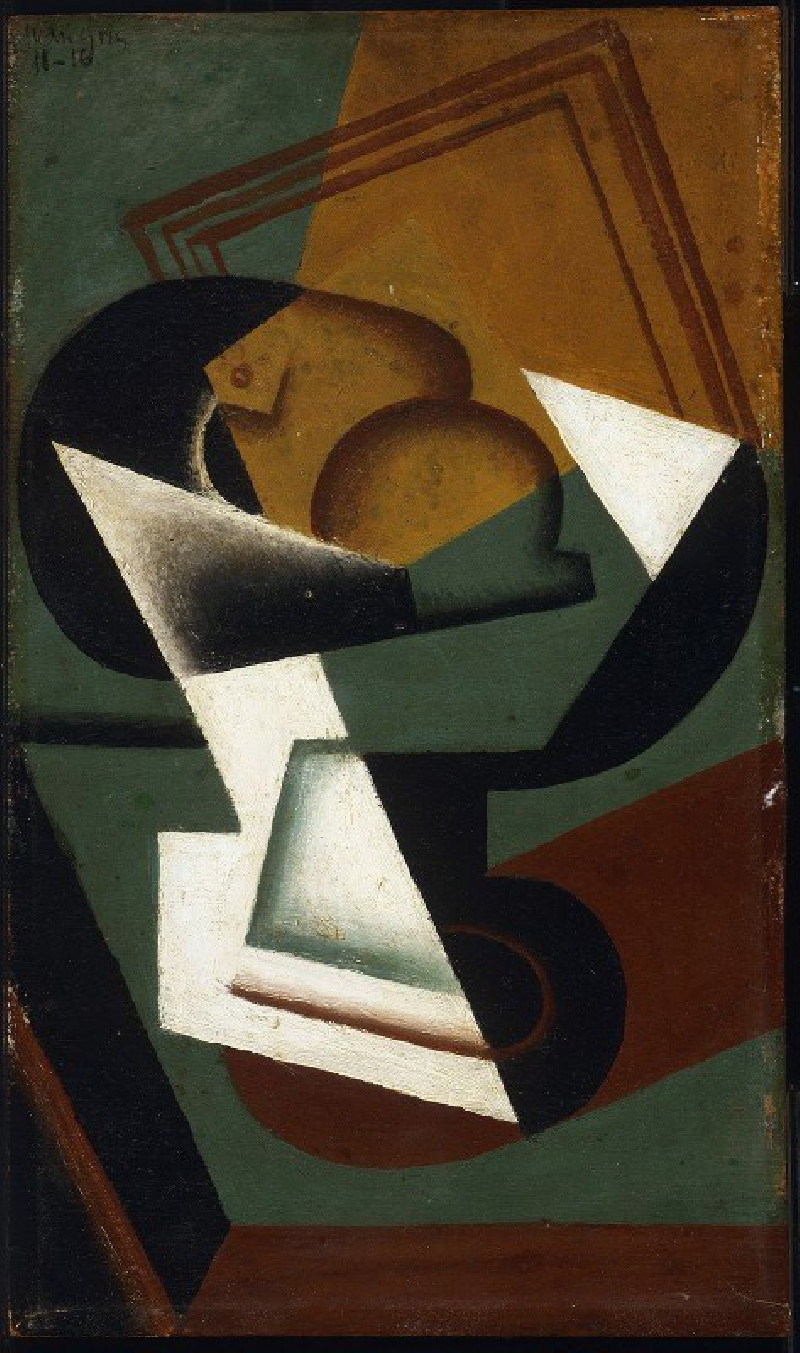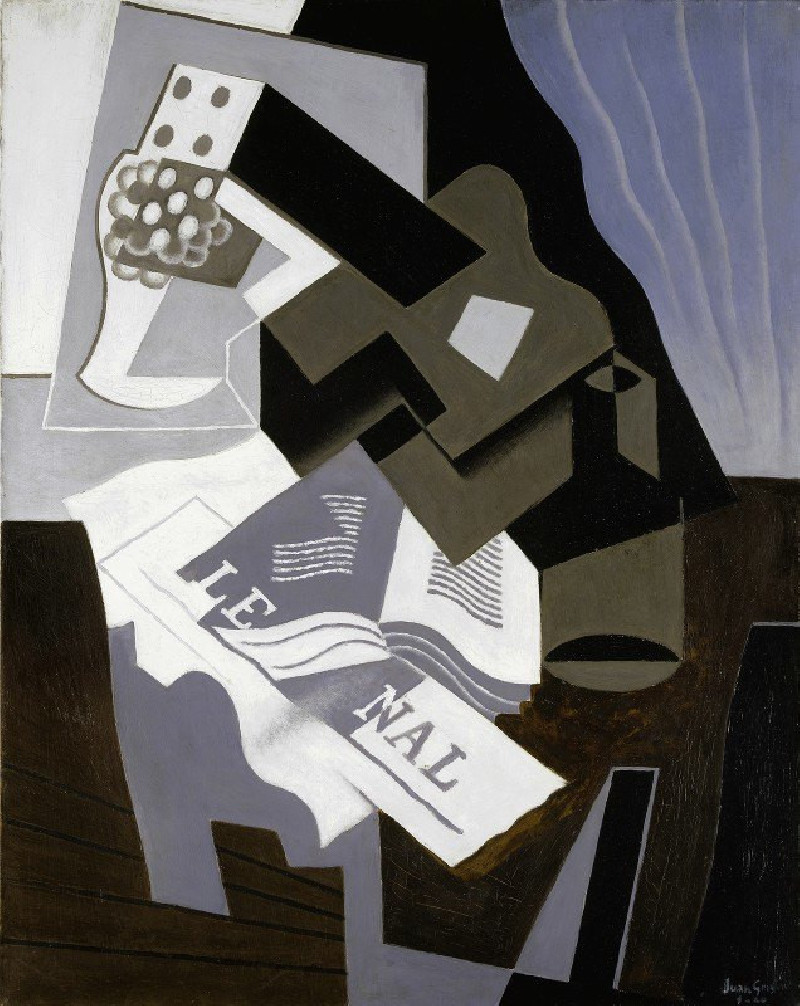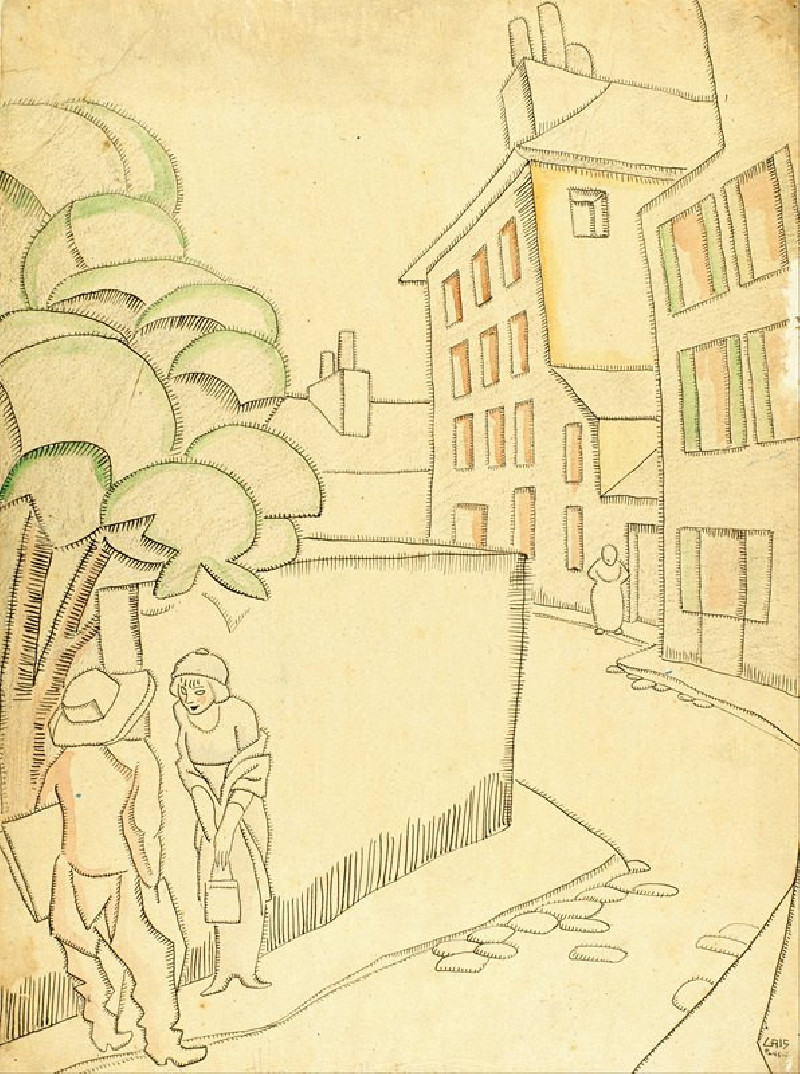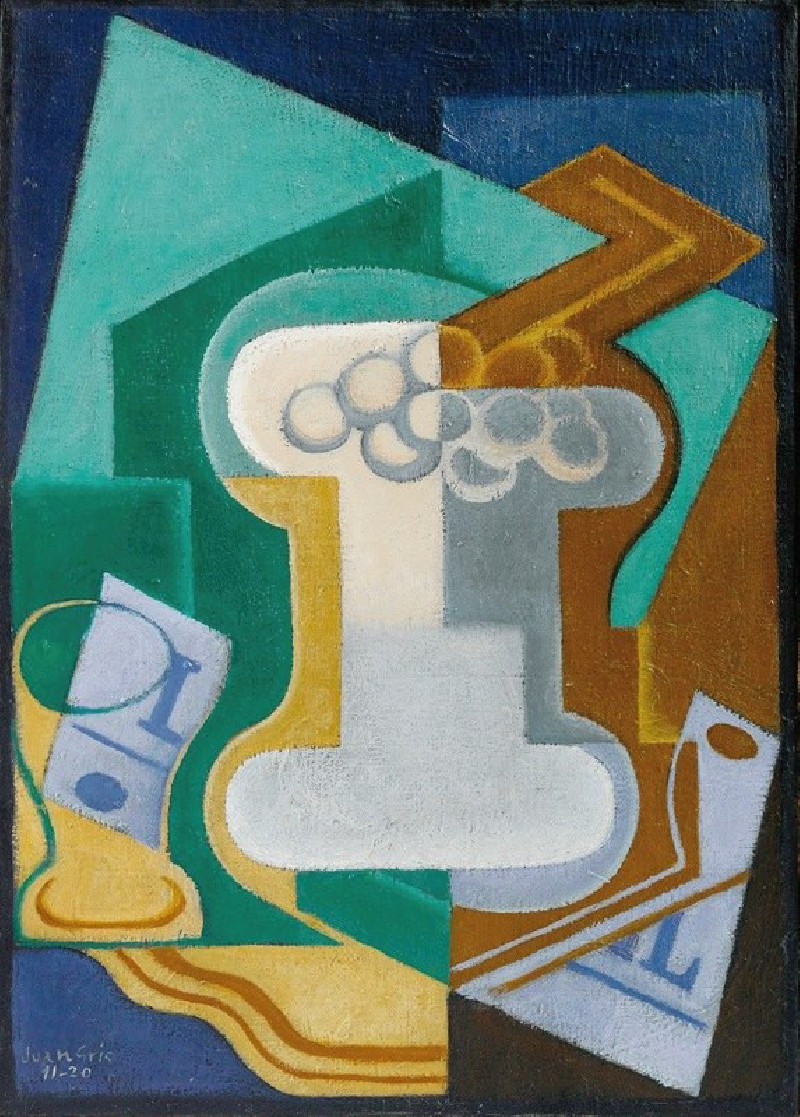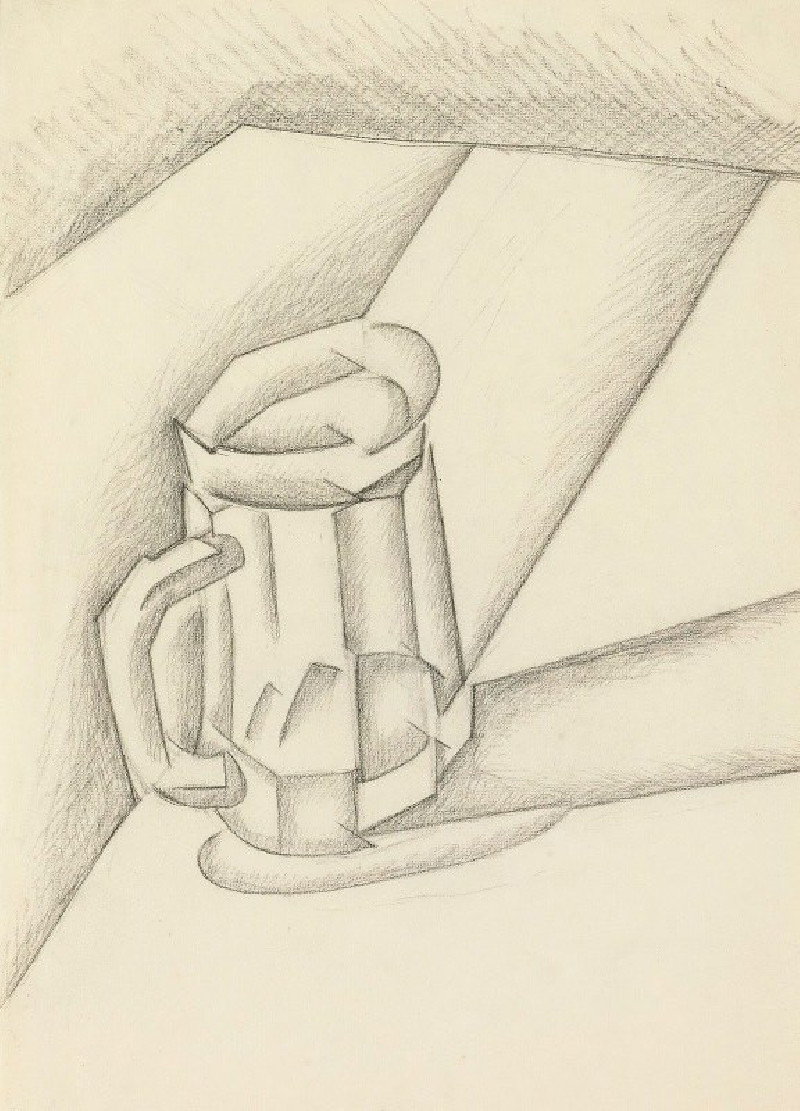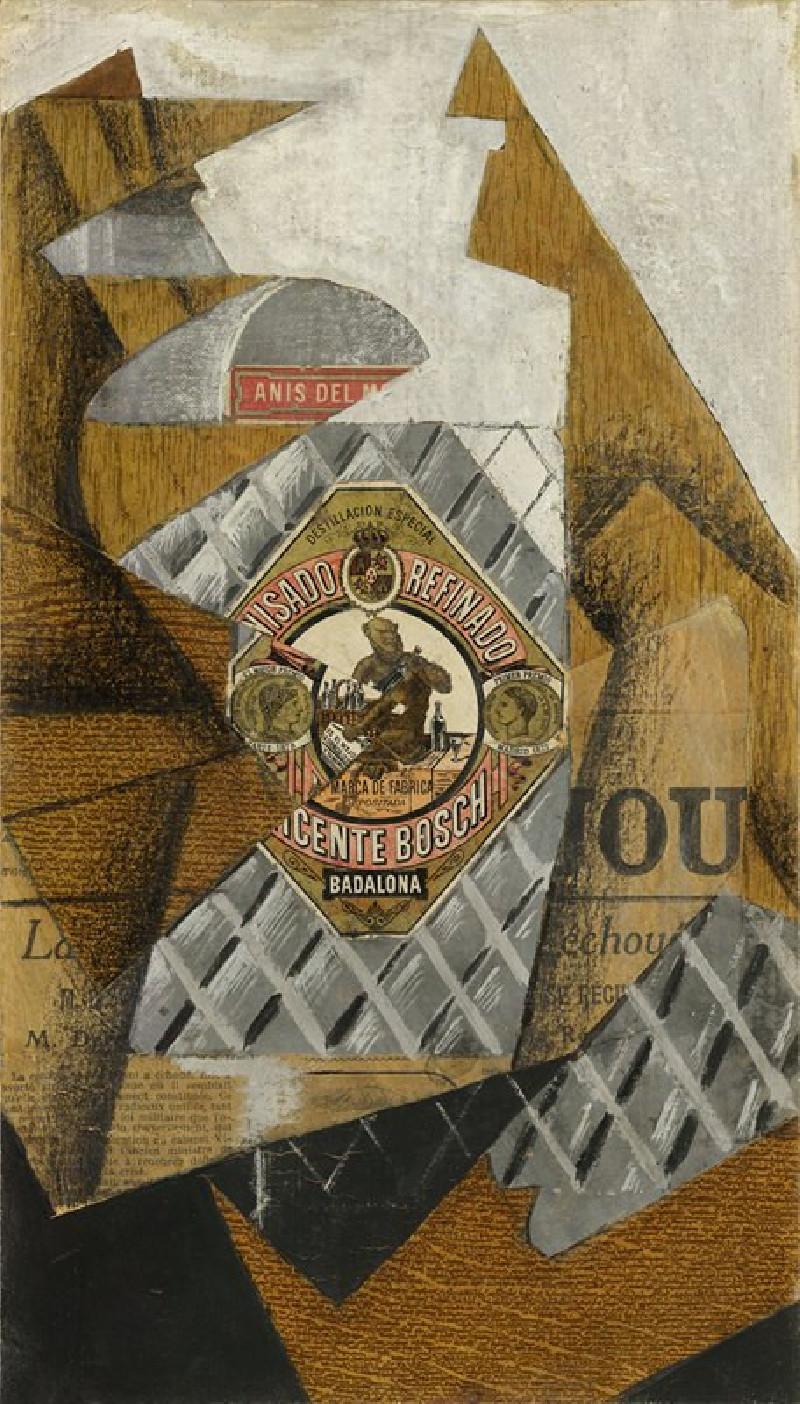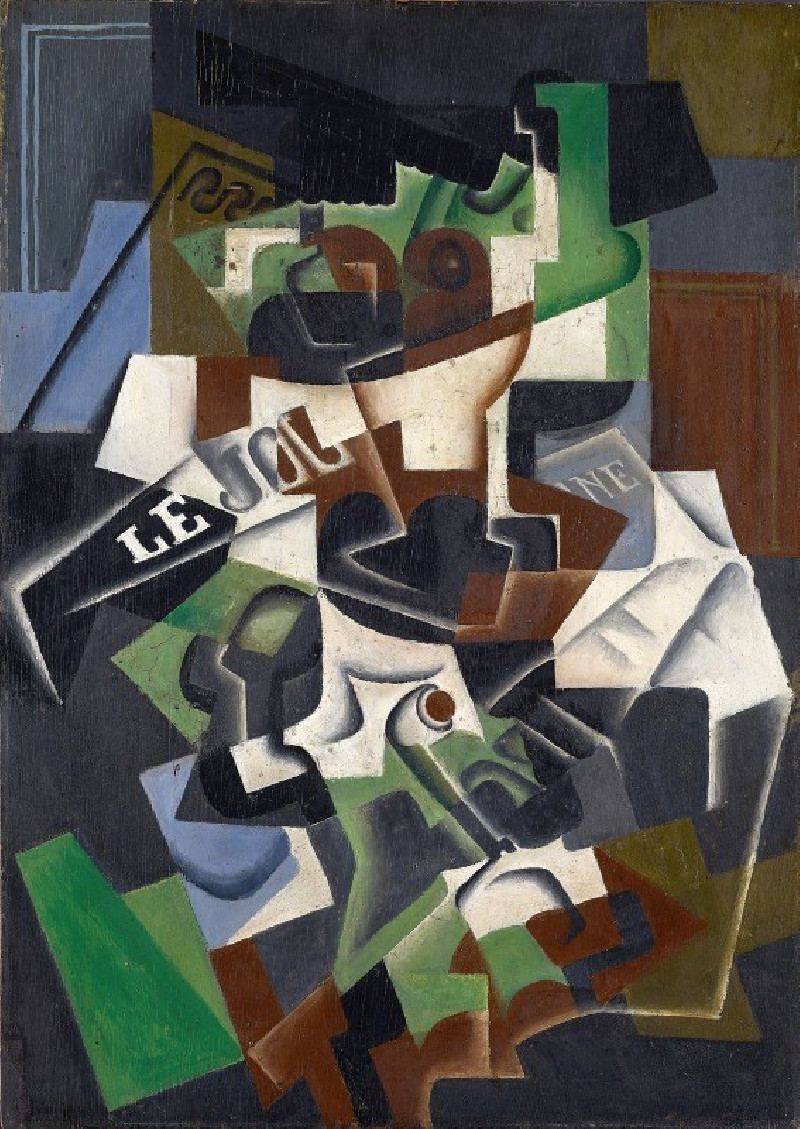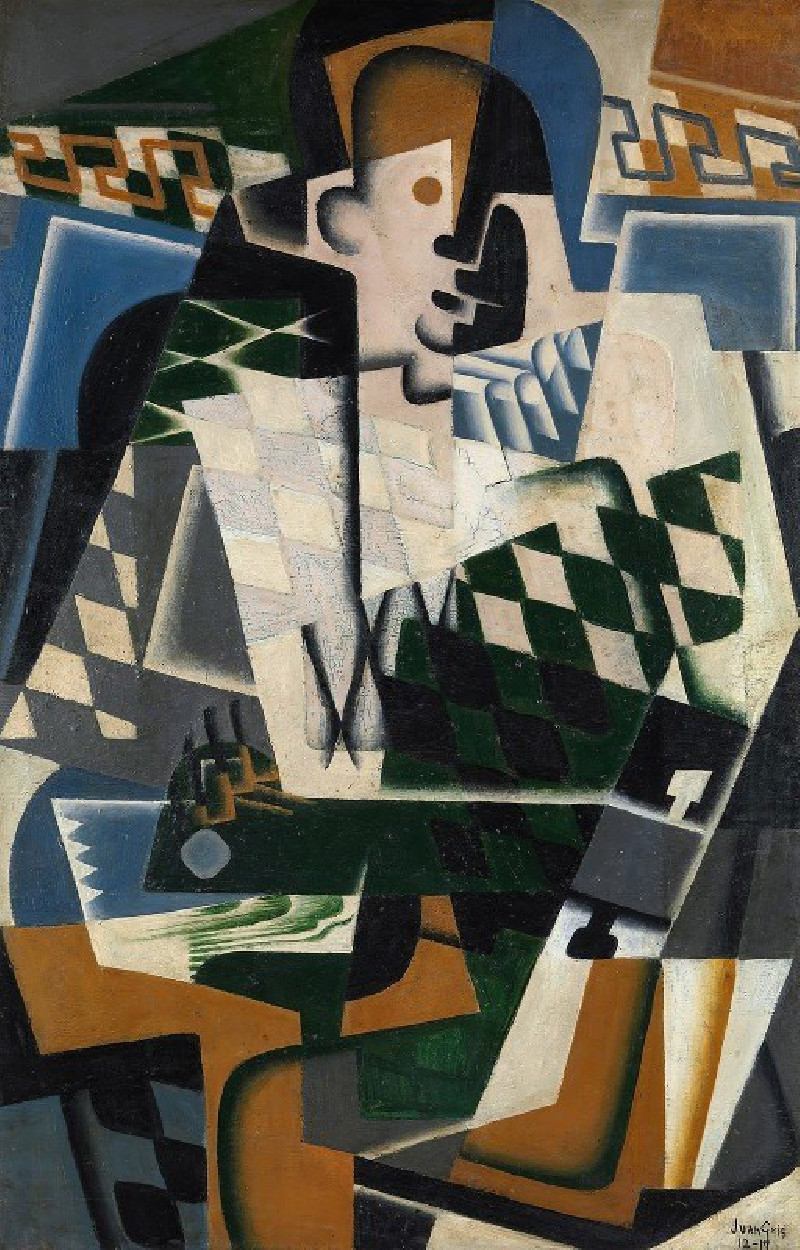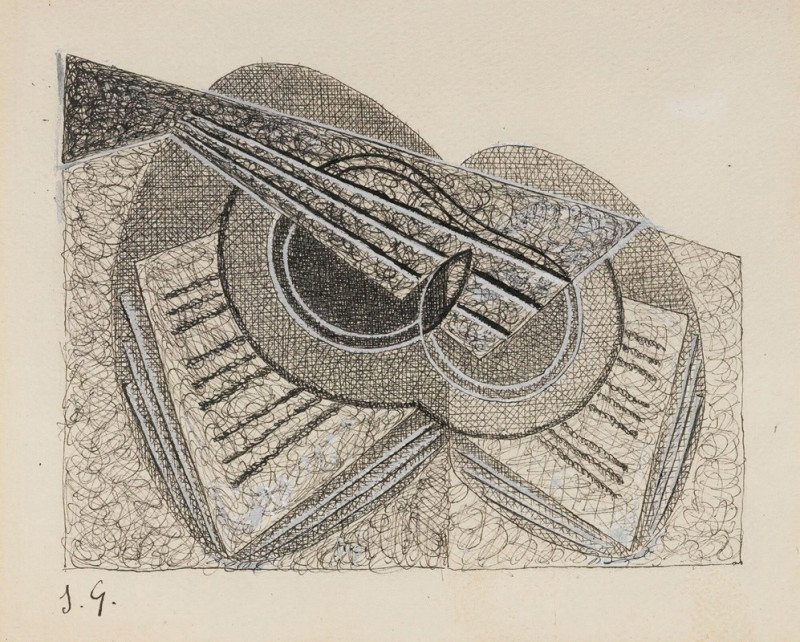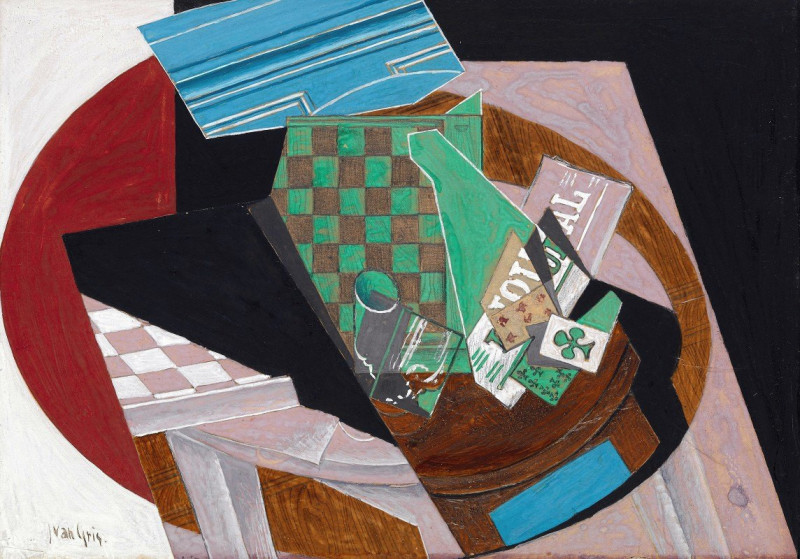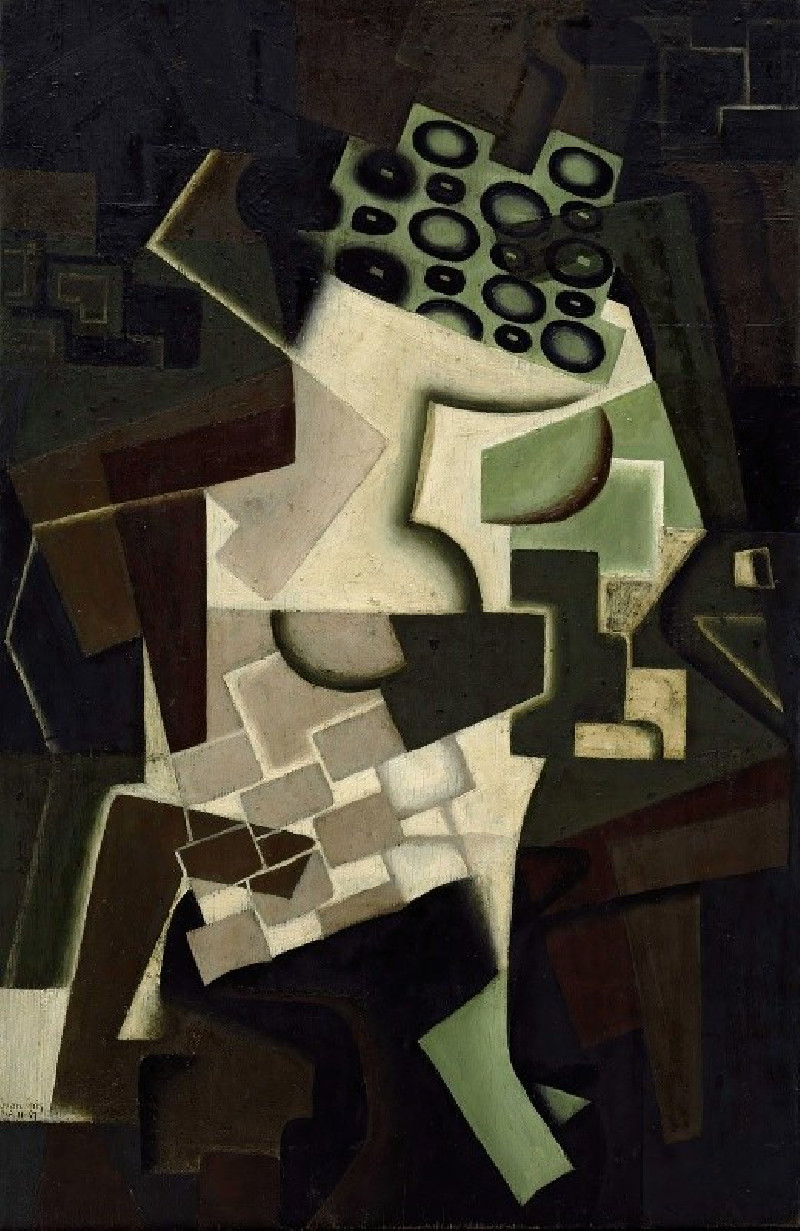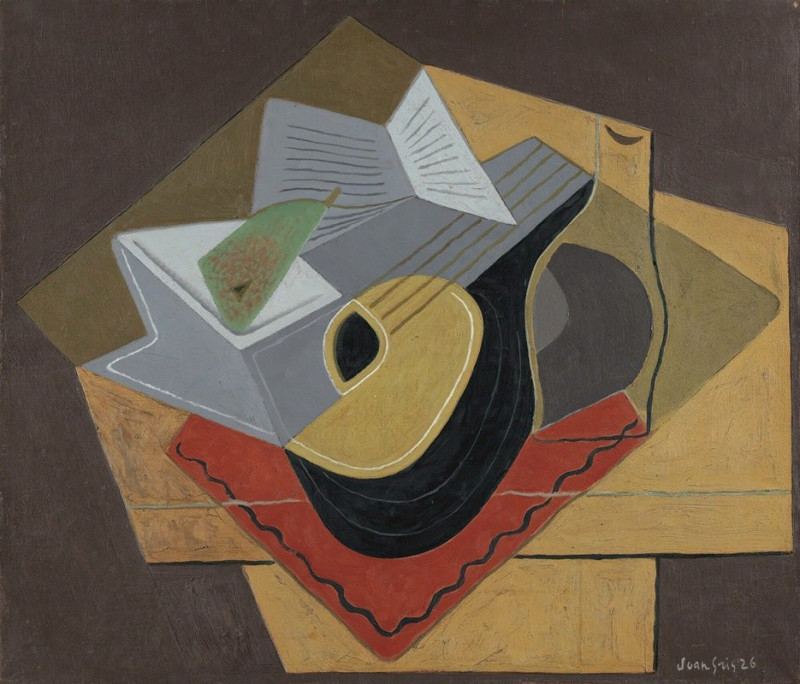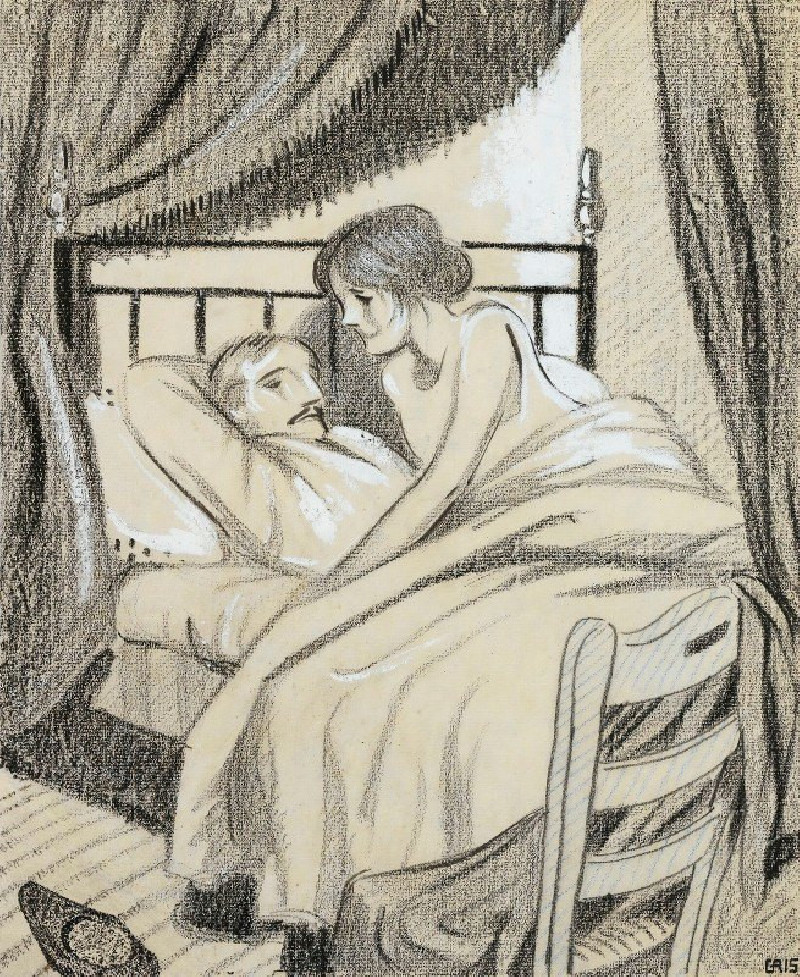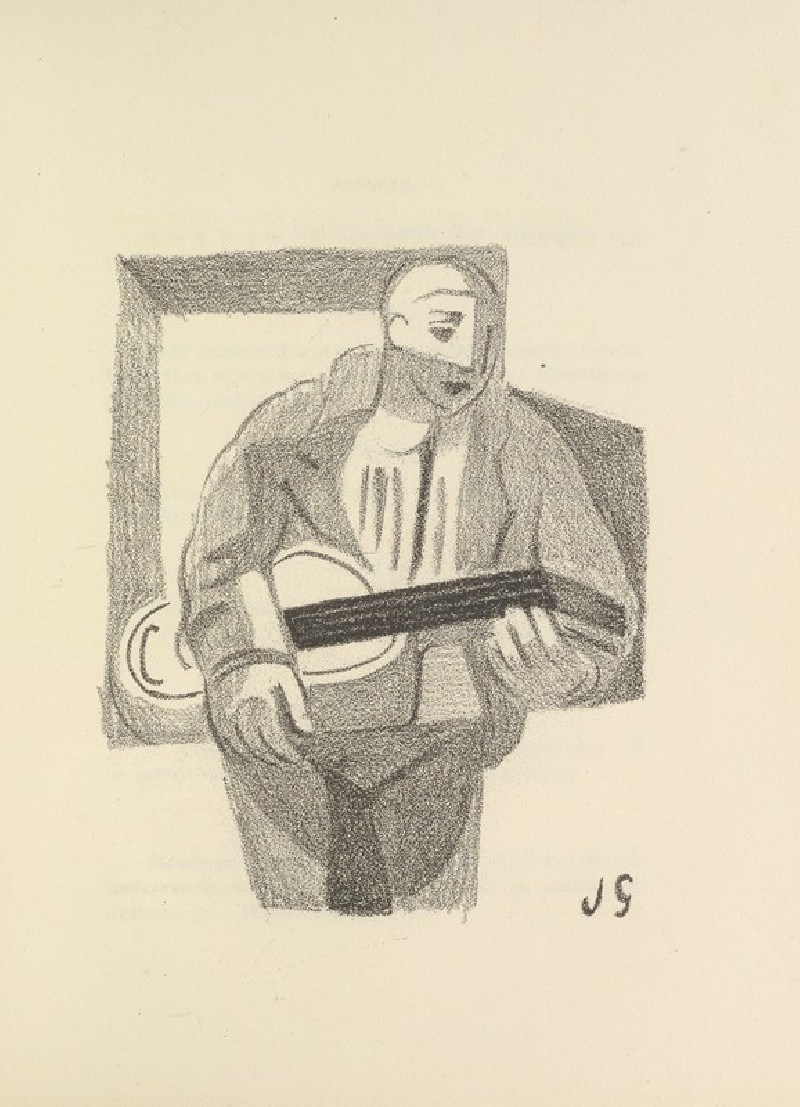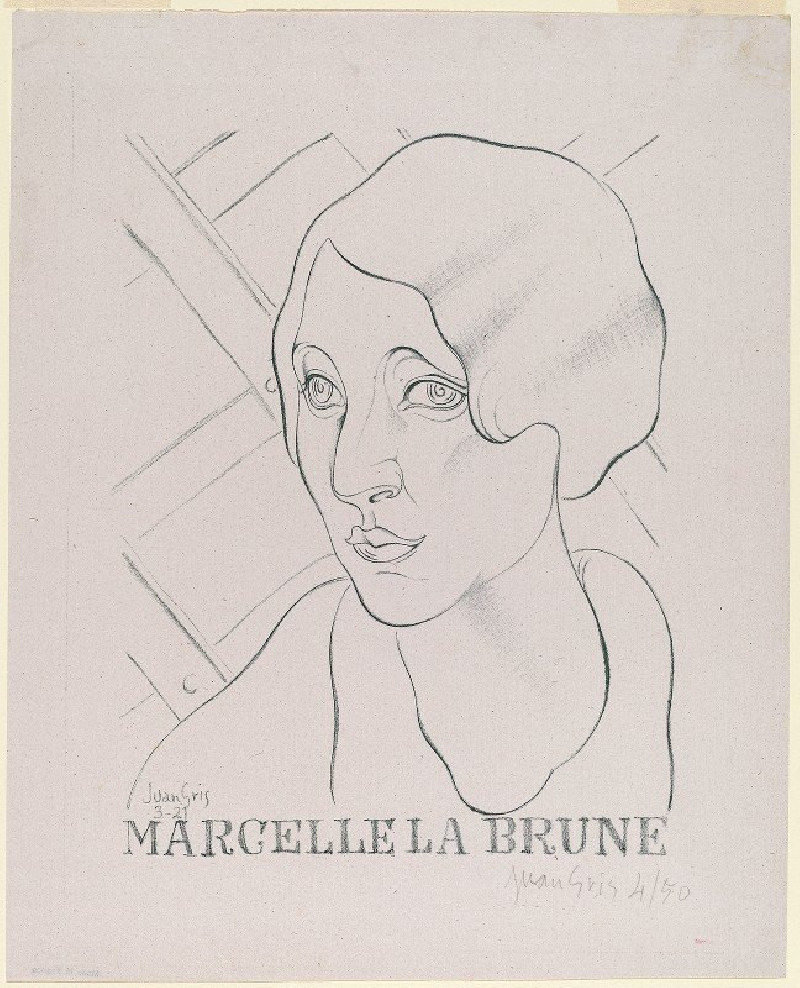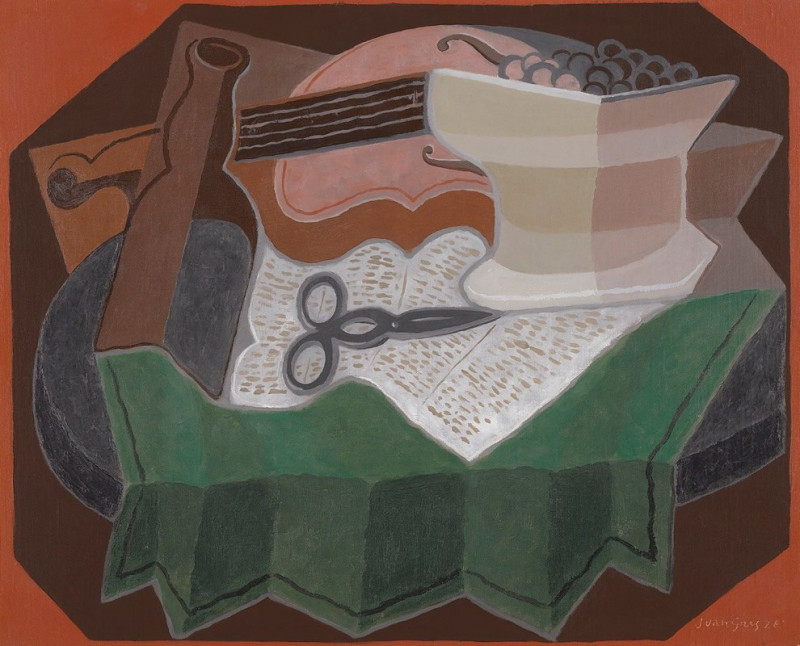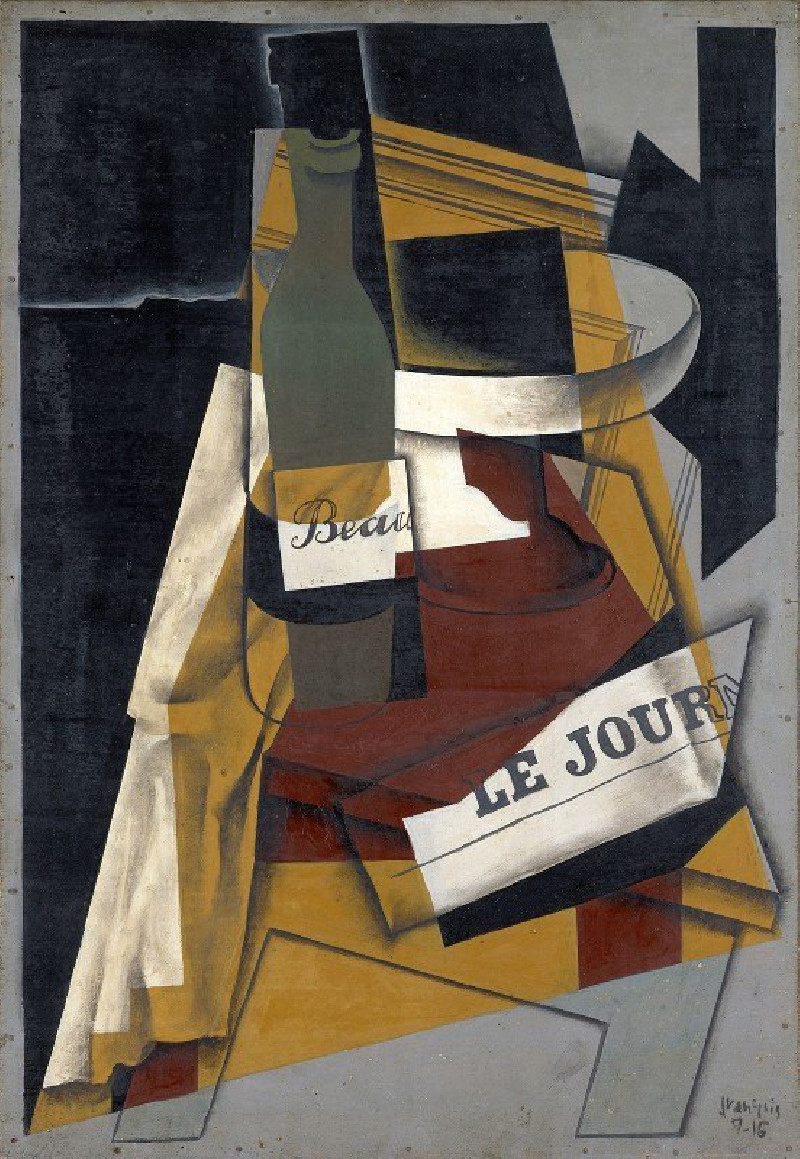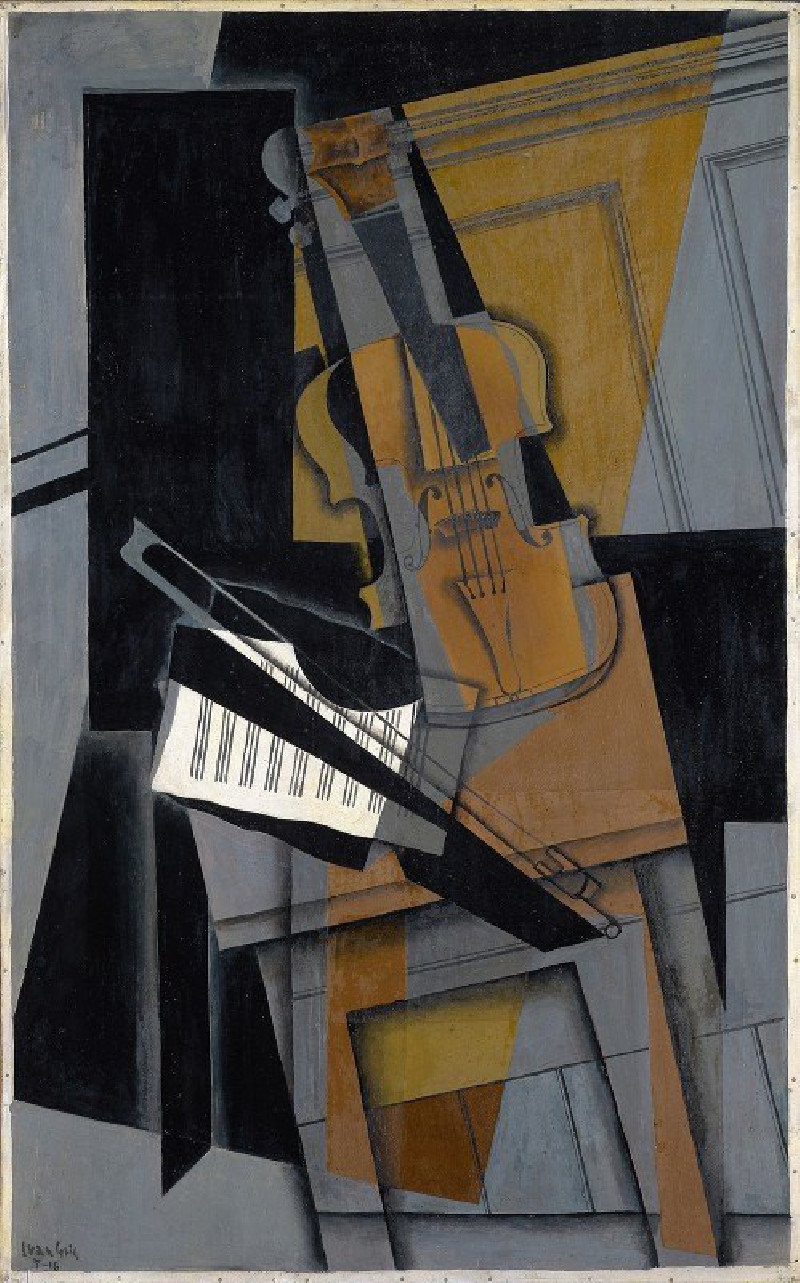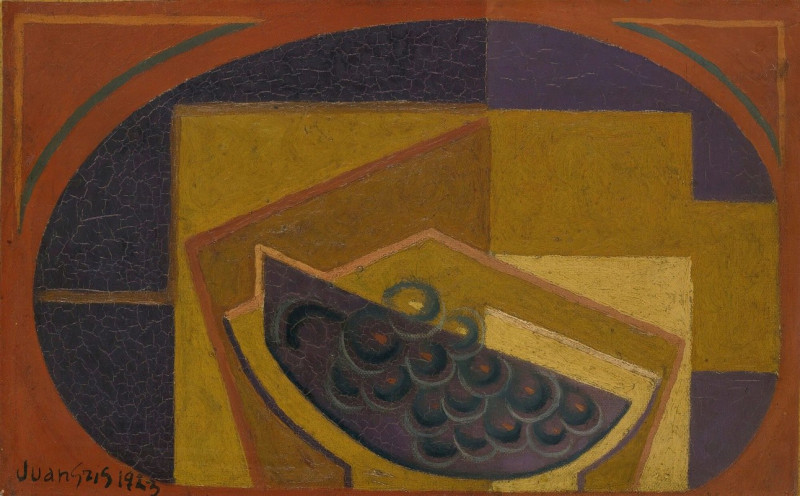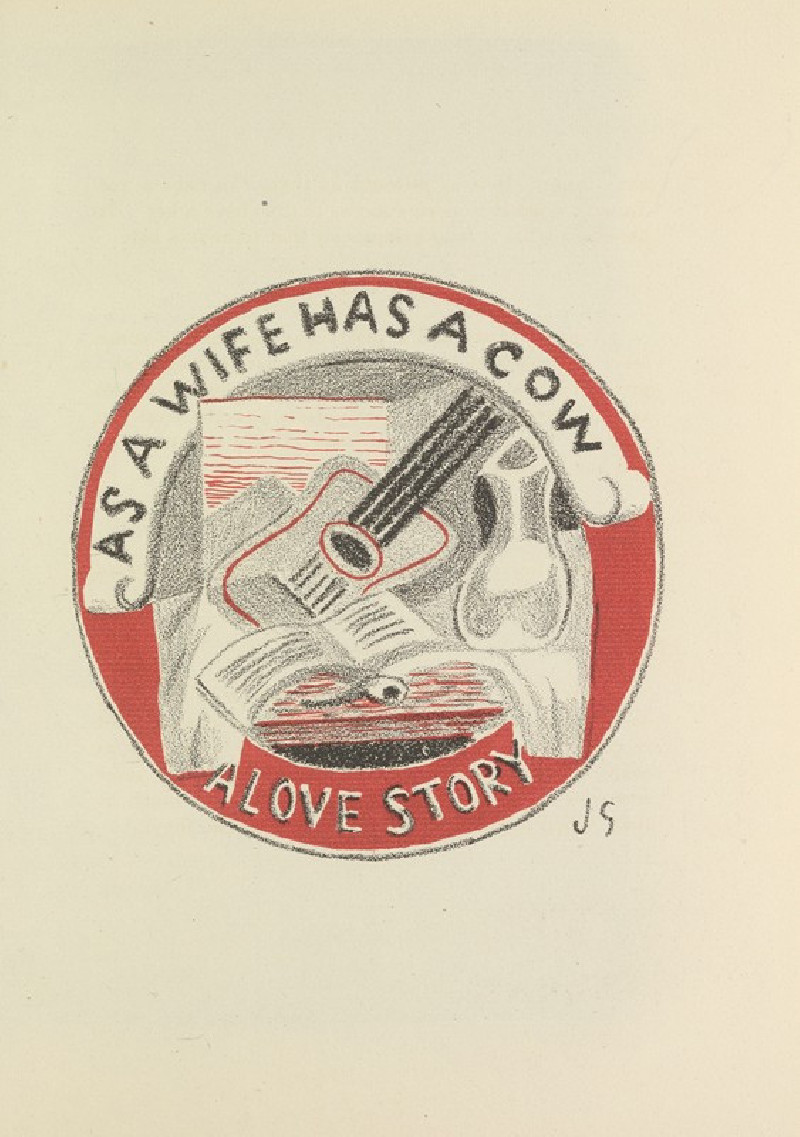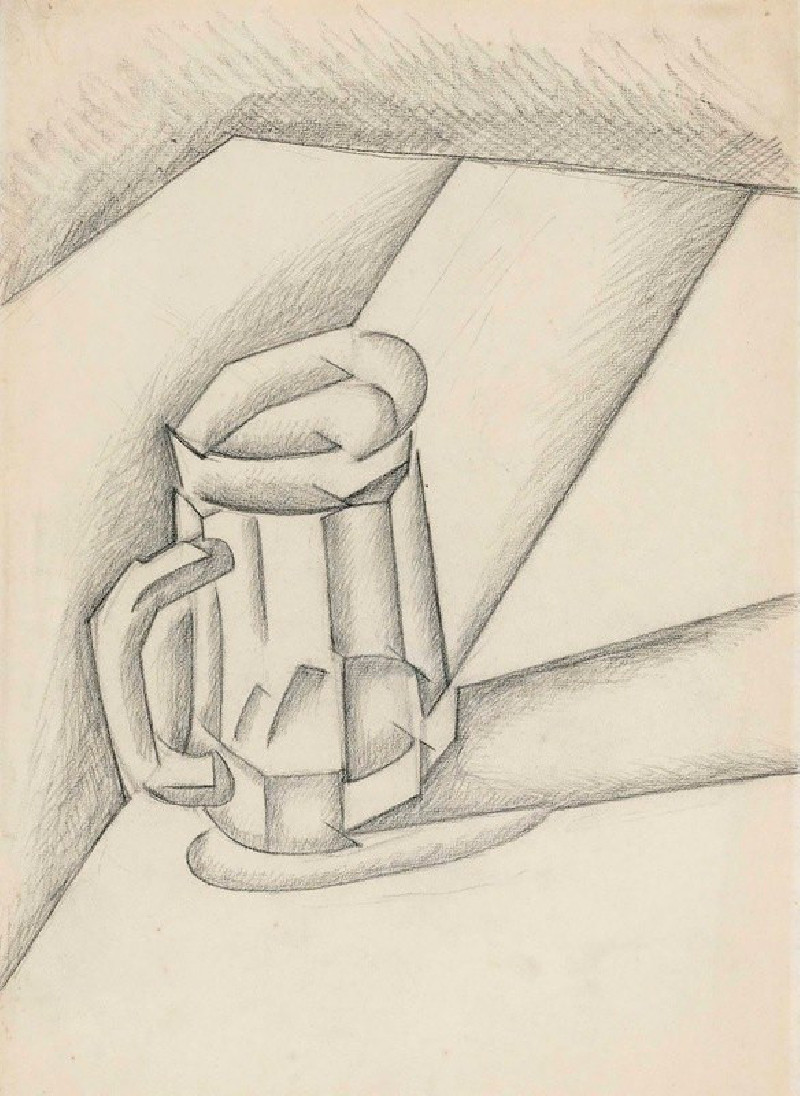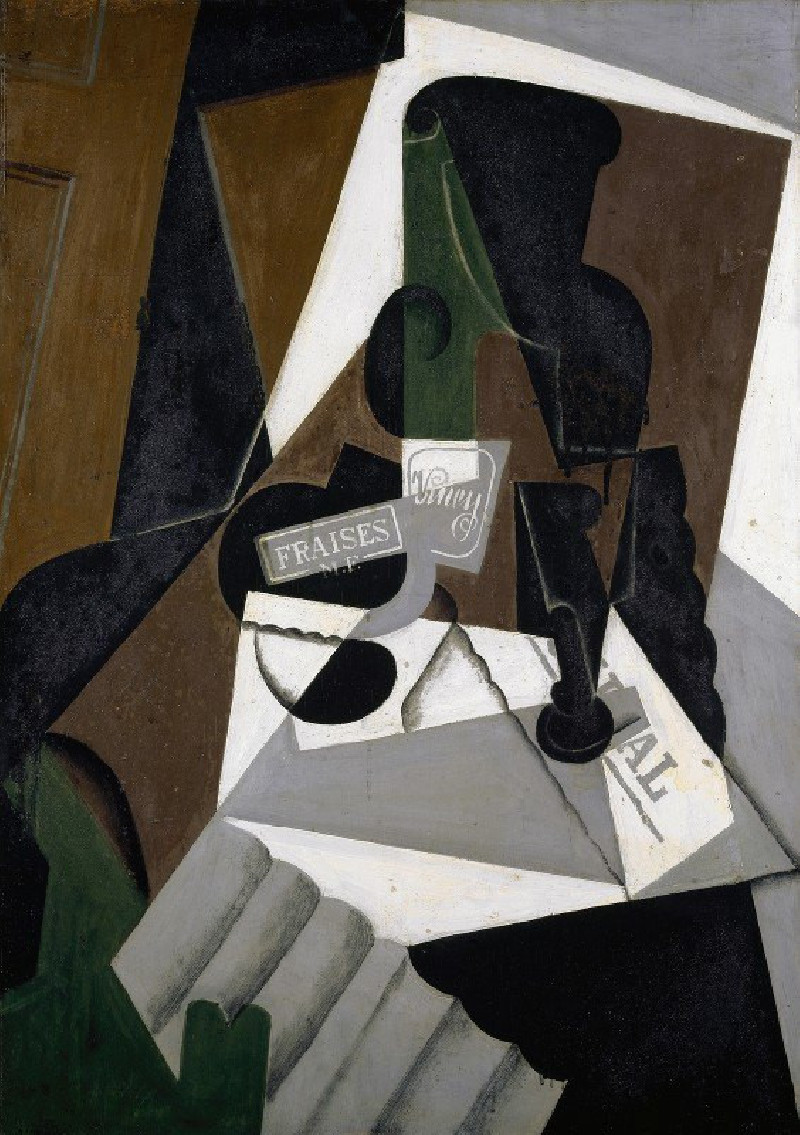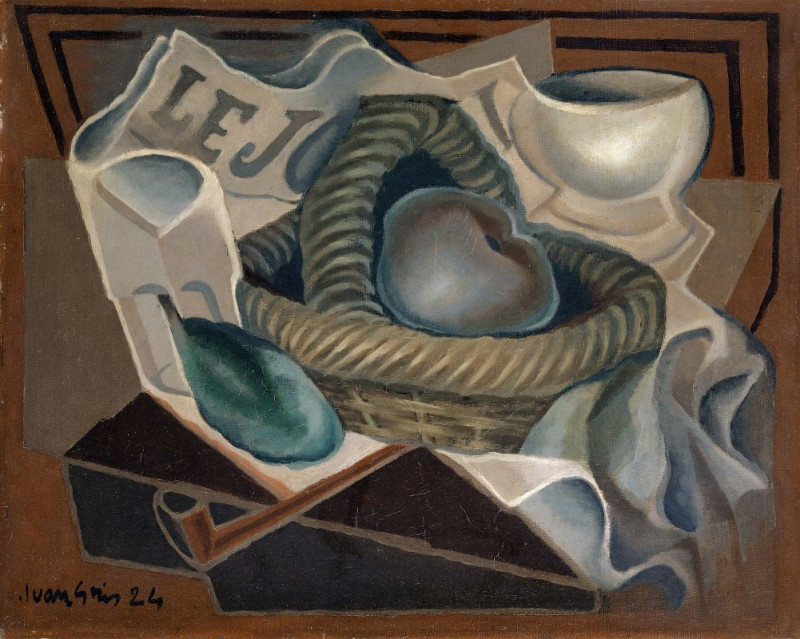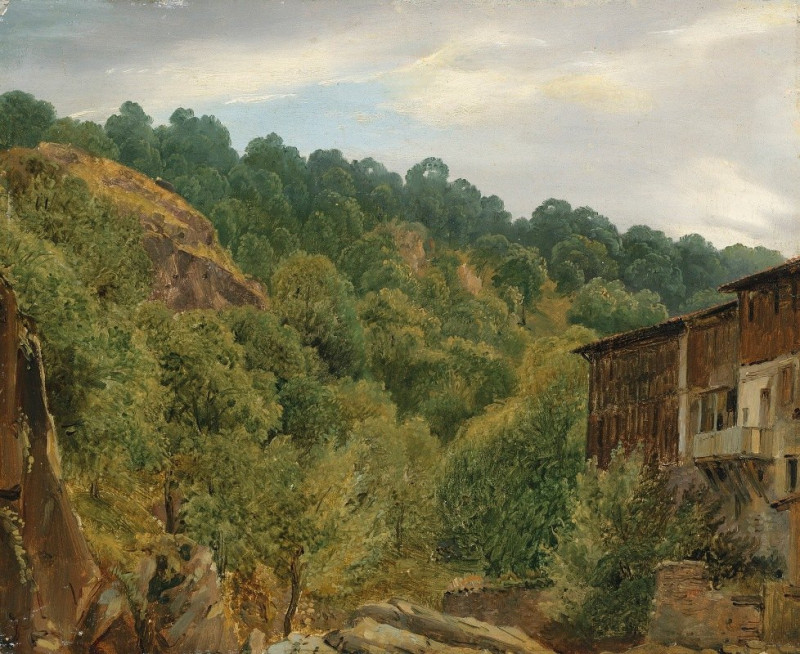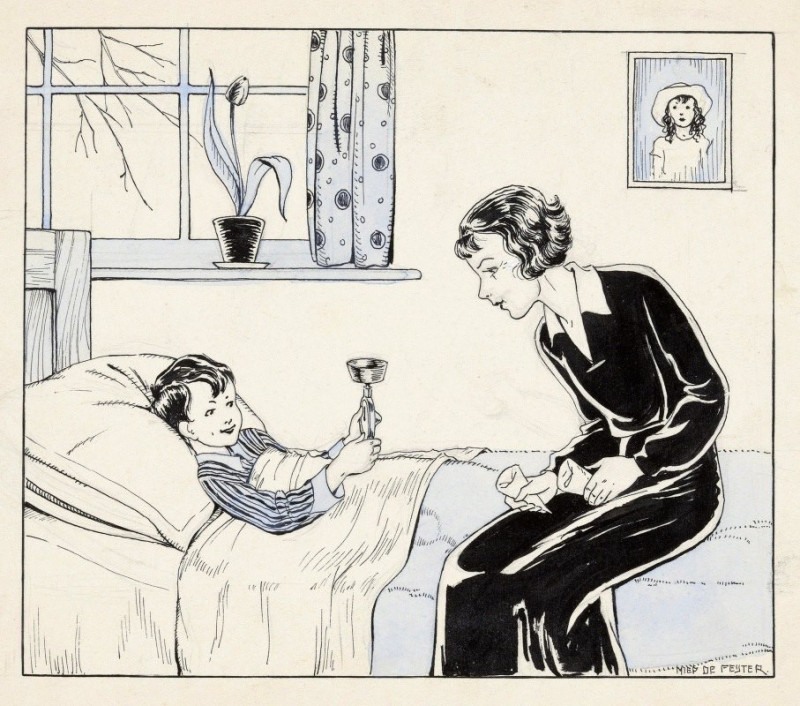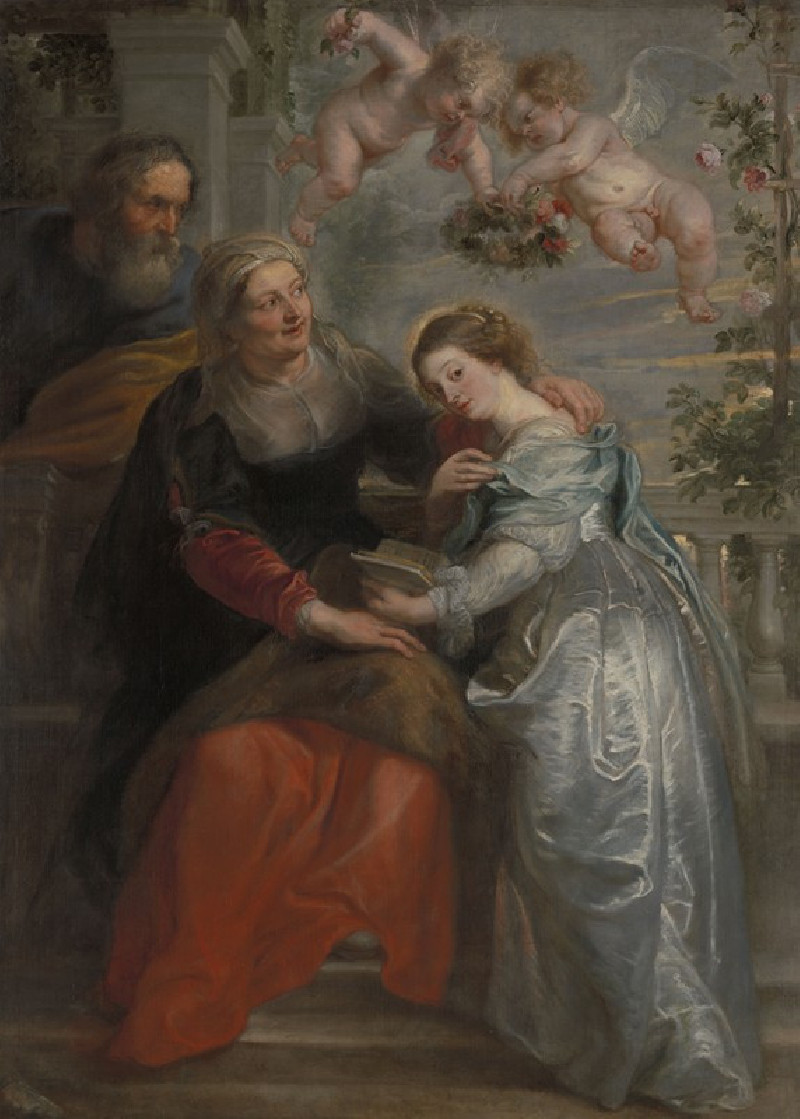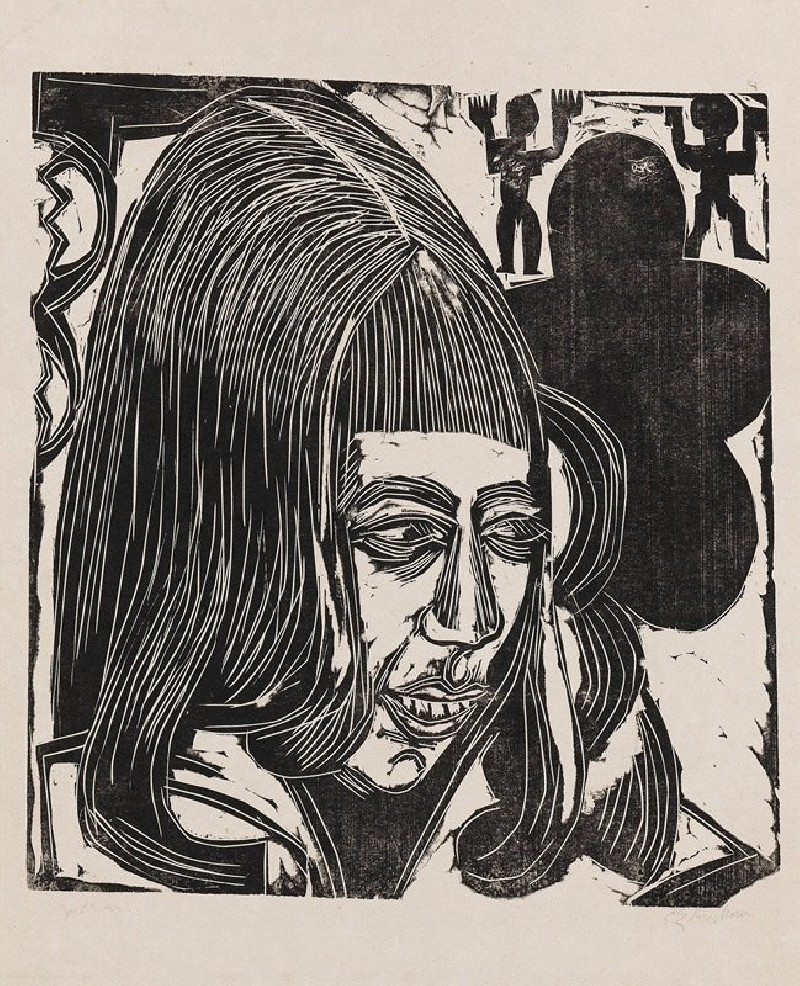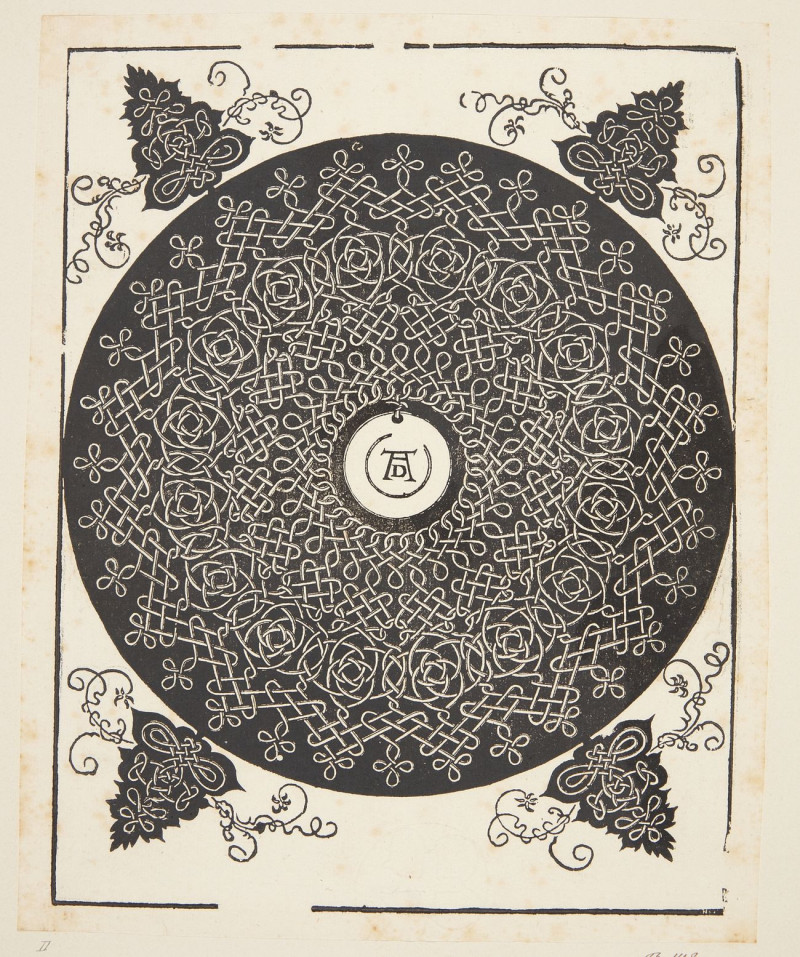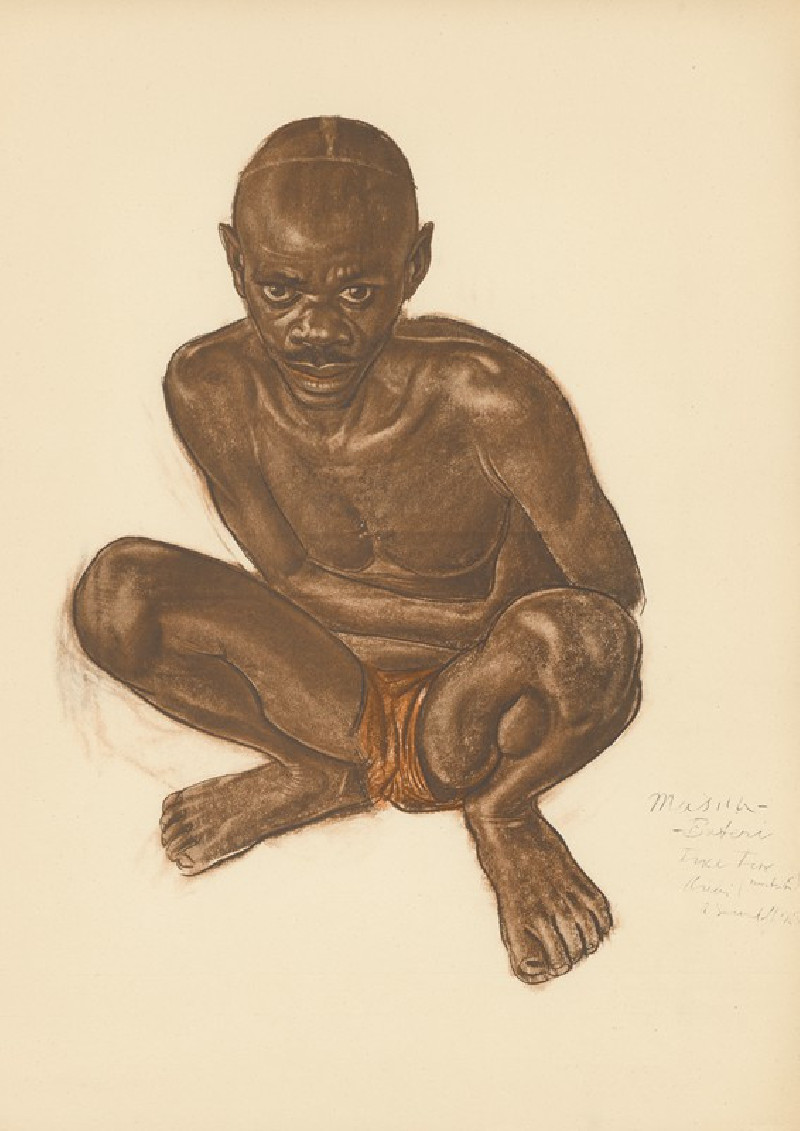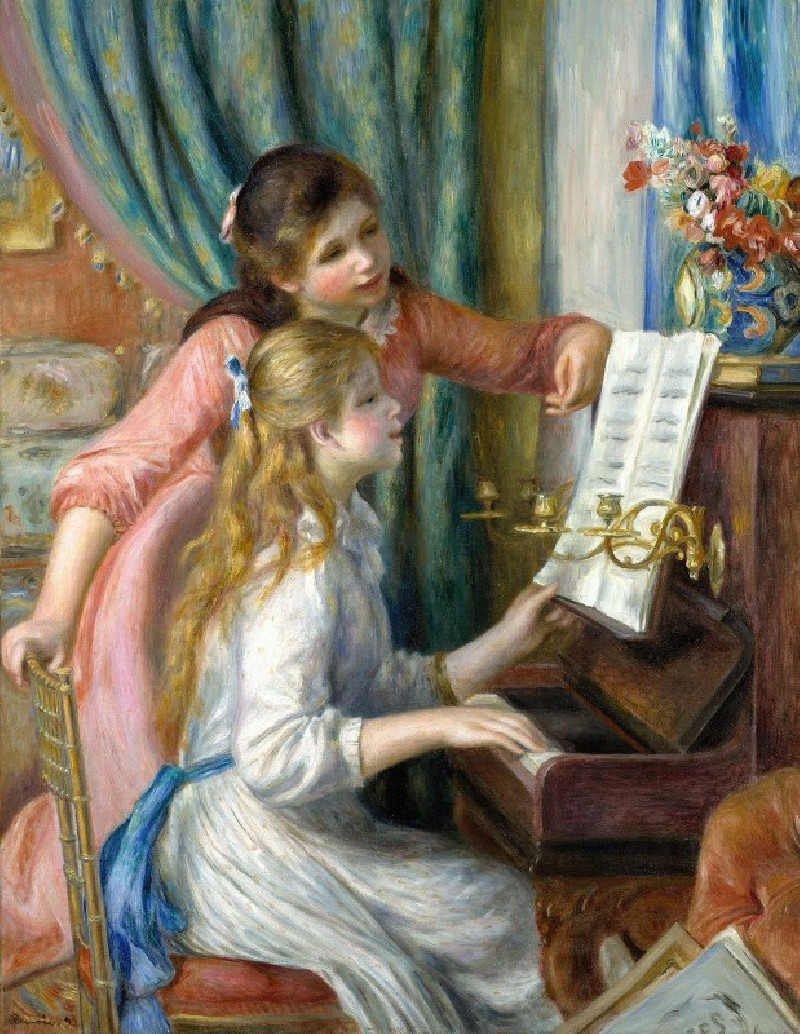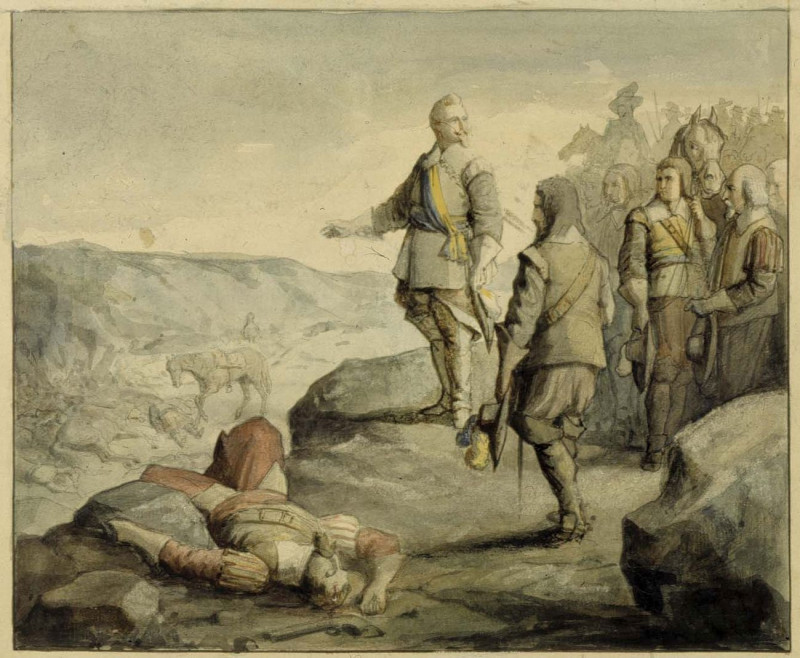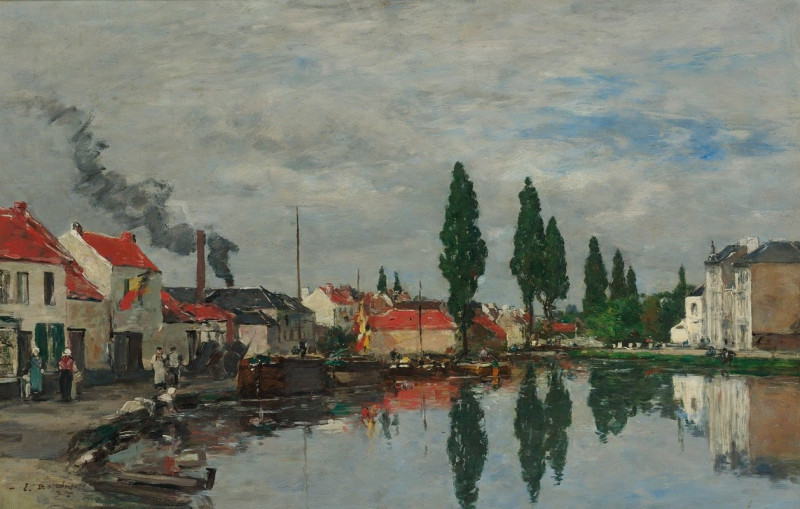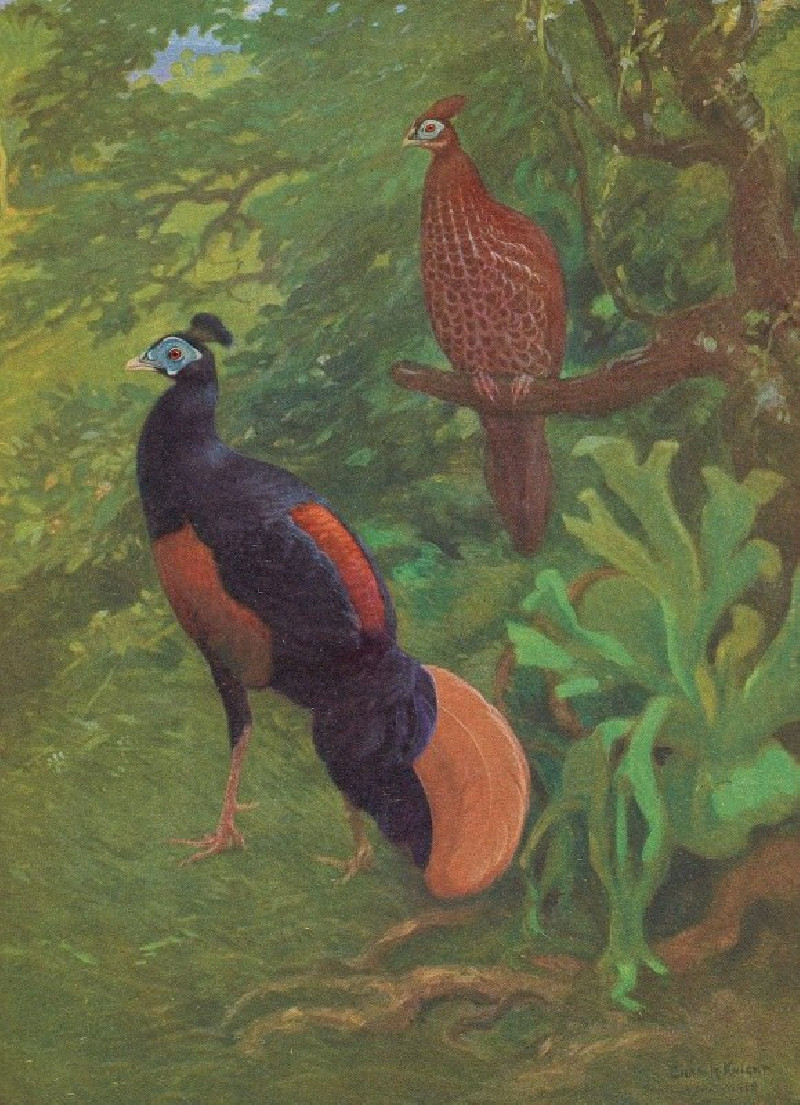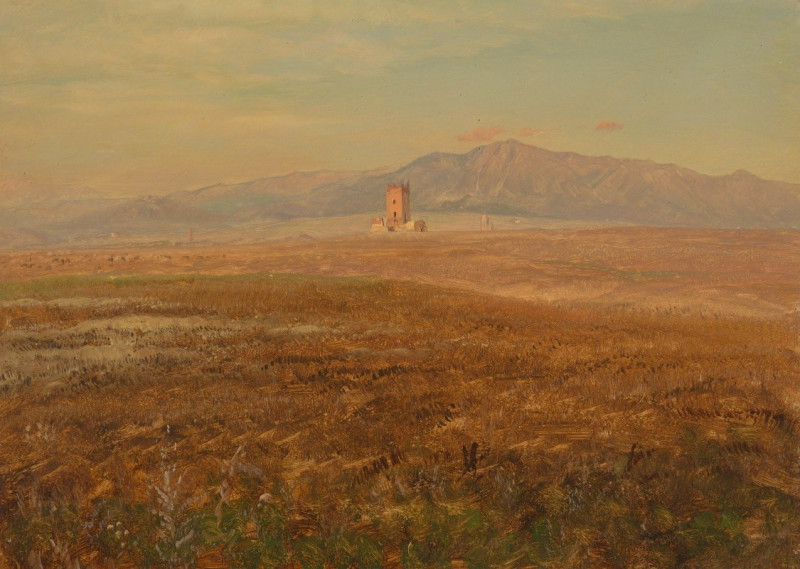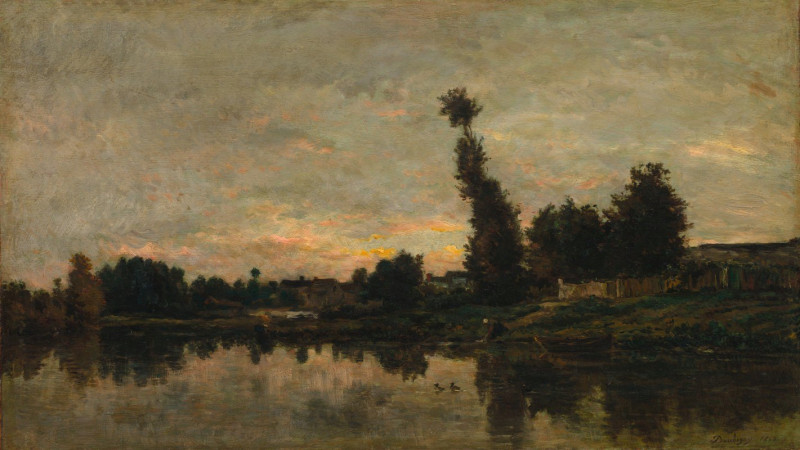Dish of Fruit (1916)
Technique: Giclée quality print
Recommended by our customers
More about this artwork
Welcome to an exploration of Juan Gris’s captivating work, "Dish of Fruit," created in 1916, a remarkable example of Synthetic Cubism. This painting exhibits Gris’s distinctive approach to cubism, characterized by its clarity and precision. The composition contrasts sharply with the more fragmented forms typical of the cubist artworks by his peers like Picasso and Braque."Dish of Fruit" features a combination of geometric shapes and overlapping planes that coalesce into a still life. The focal point of the painting, suggested by the title, appears to be a dish with a piece of fruit, likely a pear, rendered in rounded, soft volumes amidst the angular forms that dominate the scene. This is juxtaposed with what might be interpreted as books or blocks of color, suggesting the merging of everyday objects into a single, harmonious structure.Gris’s palette in this piece is relatively subdued, relying on earth tones interspersed with sections of black and white, highlighting the interplay of shadow and light. This strategic use of color enhances the three-dimensionality of the forms, making the flat canvas seem layered and dynamic."Dish of Fruit" is not merely a representation of objects but a careful arrangement of shapes and colors that challenge the viewer’s perception, inviting them to decipher the overlaid forms. Through this painting, Juan Gris pushes the boundaries of traditional art forms, presenting a fresh perspective on the mundane and showcasing his profound contribution to Cubism.

